As we pay tribute to American military members who have sacrificed their lives this Memorial Day, we also recognize that many of the soldiers who have returned from war face unique challenges, whether physical or mental. From debilitating physical injuries to PTSD, the battle isn’t always over once our loved ones return home. That’s where organizations like K9s for Warriors come in.
Ten years ago, Shari Duval took this concept, invested her own money, and started K9s for Warriors, a program that pairs veterans and service dogs. “Shari’s son went over to Iraq as a military contractor and came back with severe PTSD,” says Carl Cricco, Chief Marketing Officer at K9s for Warriors. “As a mother, she was eagle eye watching out for him and really worried. She noticed that he was only truly his old self when he was with their family dog, and a light bulb went off. She saw the healing power of dogs, and that gave way to the idea of What if dogs could be trained to be service dogs to support veterans?”
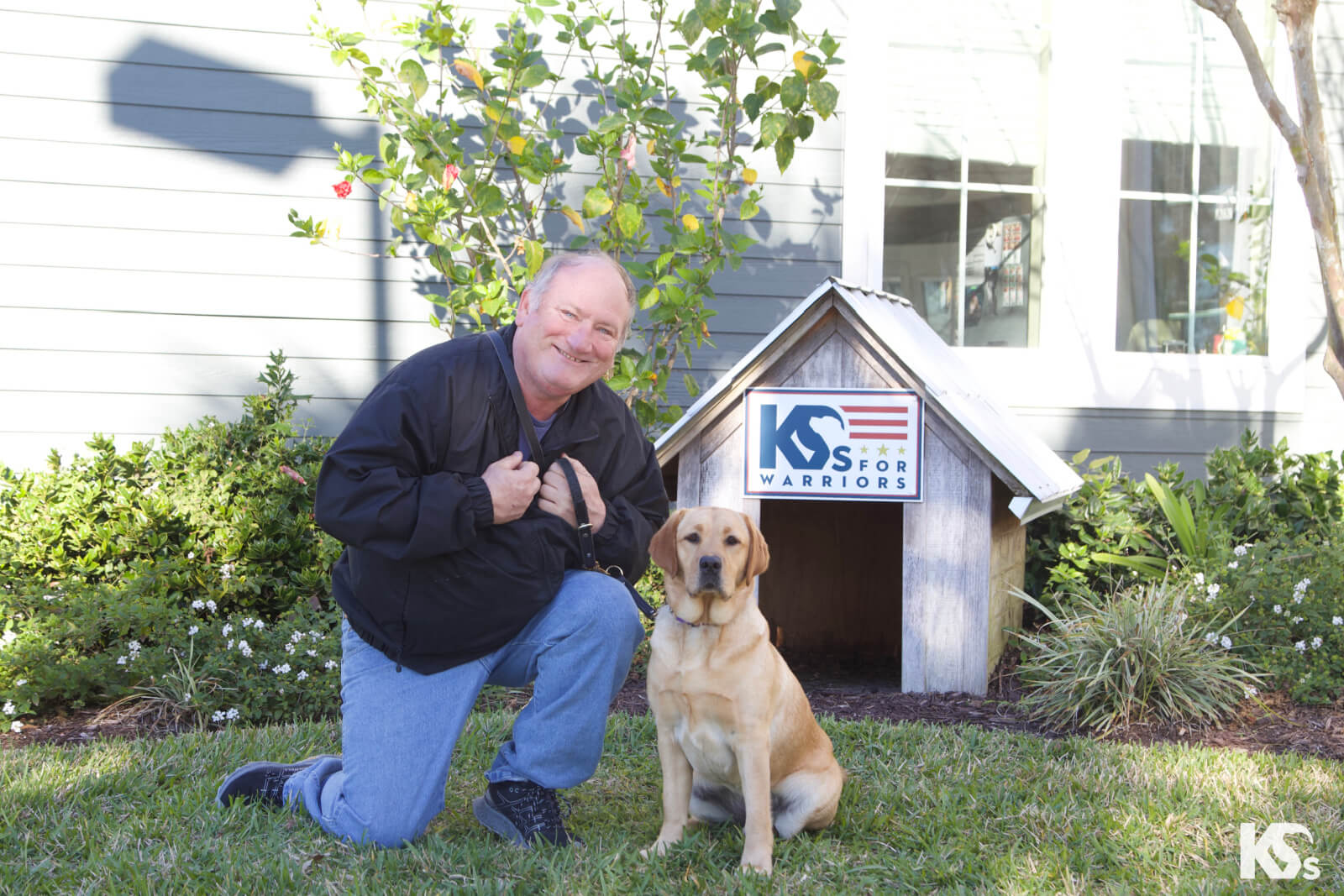
Shari’s lightbulb moment inspired an organization that is indispensable and thriving. Not only is it the largest service dog program for veterans in the United States, but the numbers are impressive. Over a decade after its inception, K9s for Warriors has paired dogs with over 700 veterans and rescued over 1,500 pups from euthanasia.
“We have figured out a way to mitigate the symptoms of military trauma, PTSD, traumatic brain injury, and military sexual trauma through the use of trained service dogs,” says Carl. “One of the unique aspects of our organization is that the majority of our dogs are from rescue shelters. So, we are rescuing and saving the life of a dog that would have been euthanized otherwise in order to save the life of a veteran. We like to say we save two lives.”
Additionally, the organization’s service comes at no cost to veterans, who benefit from an ongoing program that assists them well after completing the training process and taking their pup home.
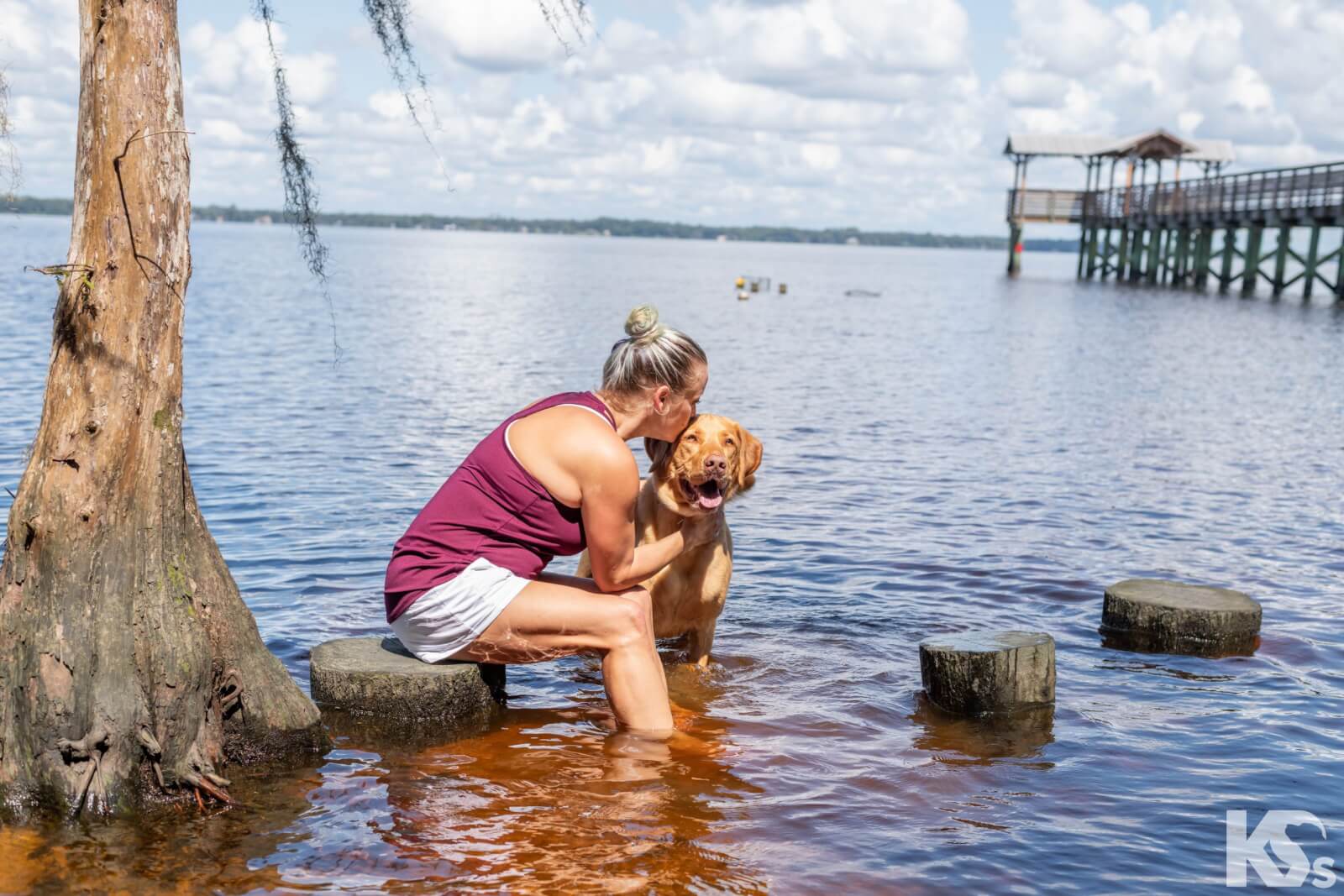
So how does it all work? It starts with a ‘puppy procurement team’ which goes to local shelters and finds dogs that best fit the program criteria. The goal? Locating dogs of a particular breed, size, and temperament — typically lab mixes. It’s easier said than done.
“When you’re dealing with dogs that have been through the shelter system, you’re not sure of their history,” Carl tells us, “so there are a lot of hurdles to get over before the dog is deemed suitable to be a service dog. As you can imagine, we have a lot of washouts — dogs that don’t make it because they’re not built for service, but they’re great dogs. They’re great potential pets. So, we adopt all of those dogs out to families. We never bring a dog back to the shelter.”
The dogs that remain in the program are assigned a trainer, then put through a rigorous five-to-eight-month program that includes training in service commands, basic leash protocol, and most importantly, the ability to filter out distractions. “They get them to be on point and focused on their warrior at all times,” says Carl. “That’s really the biggest part of the training. The world is a very noisy place. Let’s say they go to the mall — how is that dog going to be solely focused on the warrior’s needs if there are a million blinking lights, tons of people walking around, music playing, and crazy shiny tile on the floor that might be distracting? So, a lot of the training involves stimulation to ensure that the dog can be over-stimulated by its exterior environment and not lose focus on the warrior in front of them.”
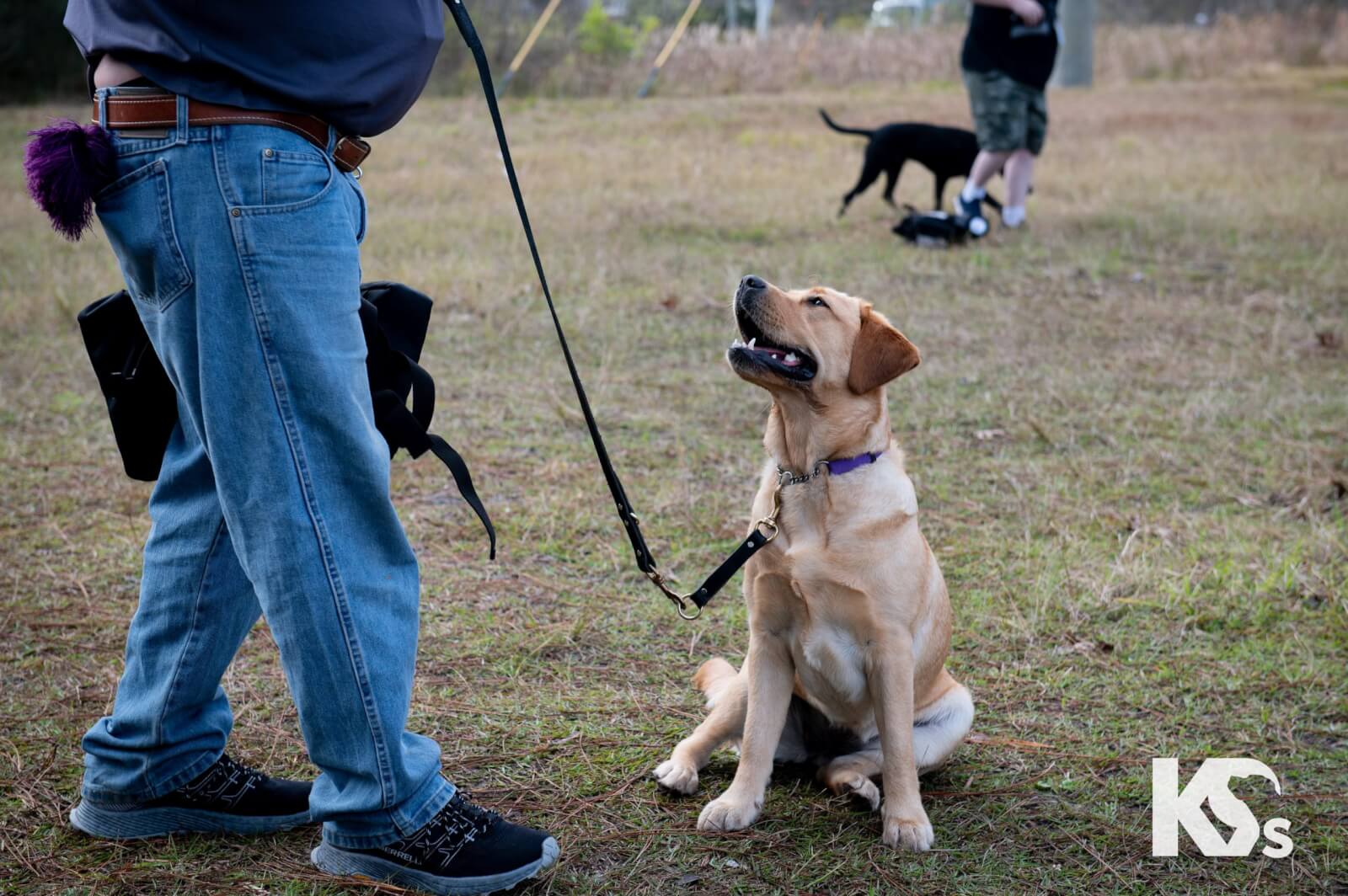
After graduating from the training program, the dogs are thoughtfully paired with a warrior who has applied to the veteran program. They spend three weeks at the K9s for Warriors campus, bonding and teaching each other the ropes. “They learn how to utilize the dog that’s fully trained and bond with the dog to create that fundamental relationship that will last for (hopefully) the life of the canine,” says Carl. The results are astounding. “It’s definitely a bit of a science,” Carl says regarding the pairing. “It’s really about figuring out what that warrier needs to break through that mental barrier and finding a dog that will best do that for them. There are a lot of different ways of analyzing that.”
One such warrior, Tennessee-based veteran Kenneth, shares his first-hand experience. “I was diagnosed with PTSD in 2007, after an Afghanistan deployment,” he tells us. “During that deployment, I was involved in two serious incidents involving Afghan children. The VA treated me with various antidepressants, which caused severe side effects. As a result, I began seeing a private provider. The treatment was marginally successful, and I was able to function to an extent. In 2017, I was involved in a serious vehicle accident that aggravated and intensified my condition. The previous treatment methods did not work, so after talking to my mental health provider, I began researching service dog providers on the internet. I eventually decided to go with K9s for Warriors and am thankful every single day.”
Before being paired with his dog, Spirit, Kenneth had trouble handling crowds. His challenge posed difficulties with daily activities that most of us take for granted — errands such as driving, dining, and grocery shopping. “I was nervous, suspicious, and jumpy, so shopping was out of the question,” Kenneth explains. “If I went out to a restaurant, I demanded a seat against a wall, ensuring I had a full view of the dining area and any door. I had a very difficult time controlling my anger. I was unable to drive on the interstate and had difficulty driving at all. Since returning home with Spirit, I’ve been able to go out in public whenever I choose, and I actually (personally) went shopping for my wife’s birthday gift for the first time in years. In addition, I feel more comfortable in restaurants, and I am able to drive more as time has gone by.”
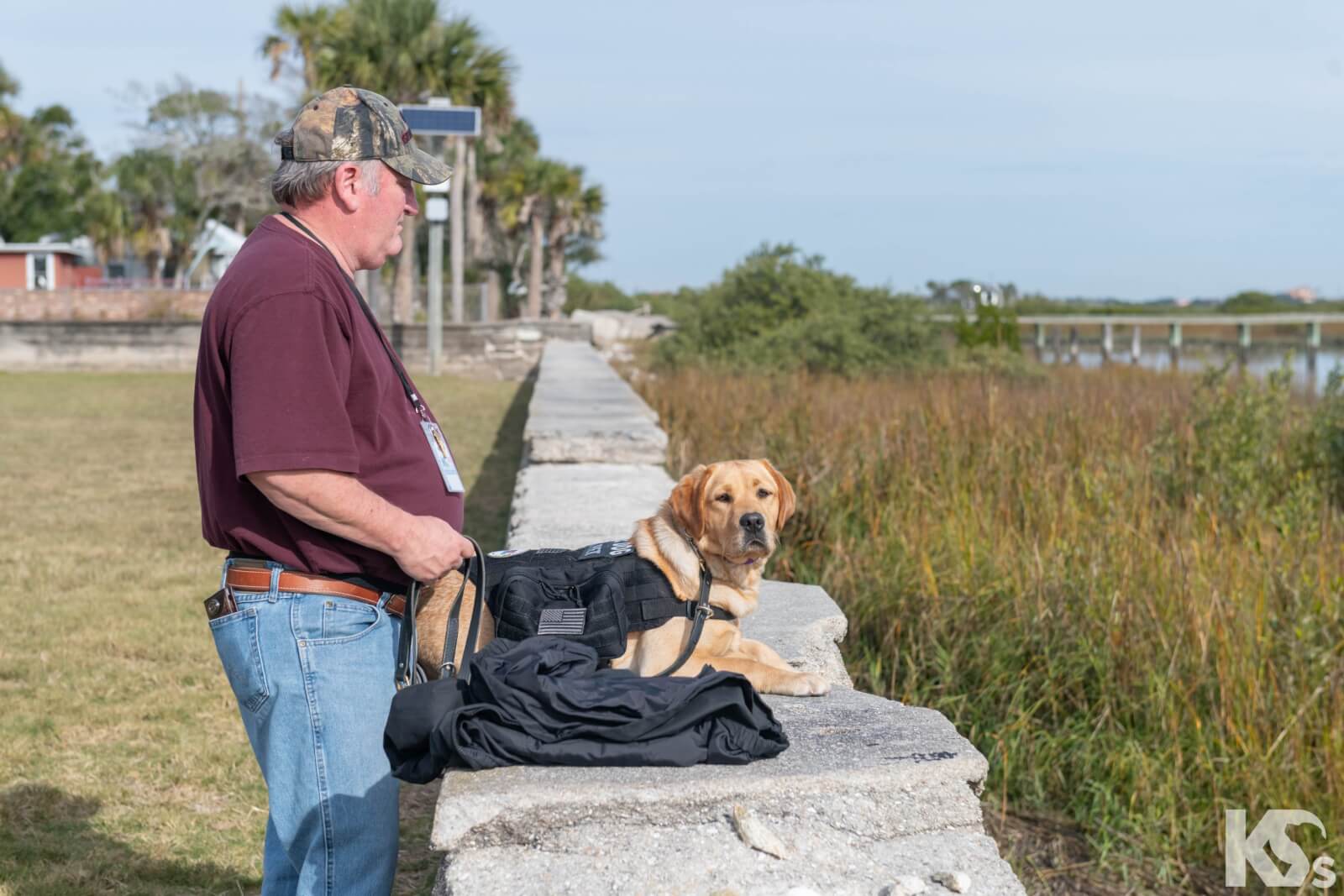
Warrior Mindy has nothing but praise for her experience with the organization, too. “I found out about K9s for Warriors and their mission from the Air Force Wounded Warrior program. After being diagnosed with PTSD and undergoing five years of intense therapy and psychiatric treatments that provided little to no improvement, my psychiatrist and I discussed the possible benefits of a service dog. Cognitively, I knew the how and why of my symptoms, but the physiological symptoms were so strong I was always hyper-vigilant and scared.”
Being paired with her service dog, Tioga, has changed her daily approach to life. “Tioga has the God-given ability to calm my physiological responses and ground me to the present,” Mindy tells us. “While I’m still vigilant and anxious, he helps me stay present and pulls me out of flashbacks and situations that can lead to the risk of injury. Tioga provides the assistance I need to leave the house, maintain relationships, and have a life outside of isolation.”
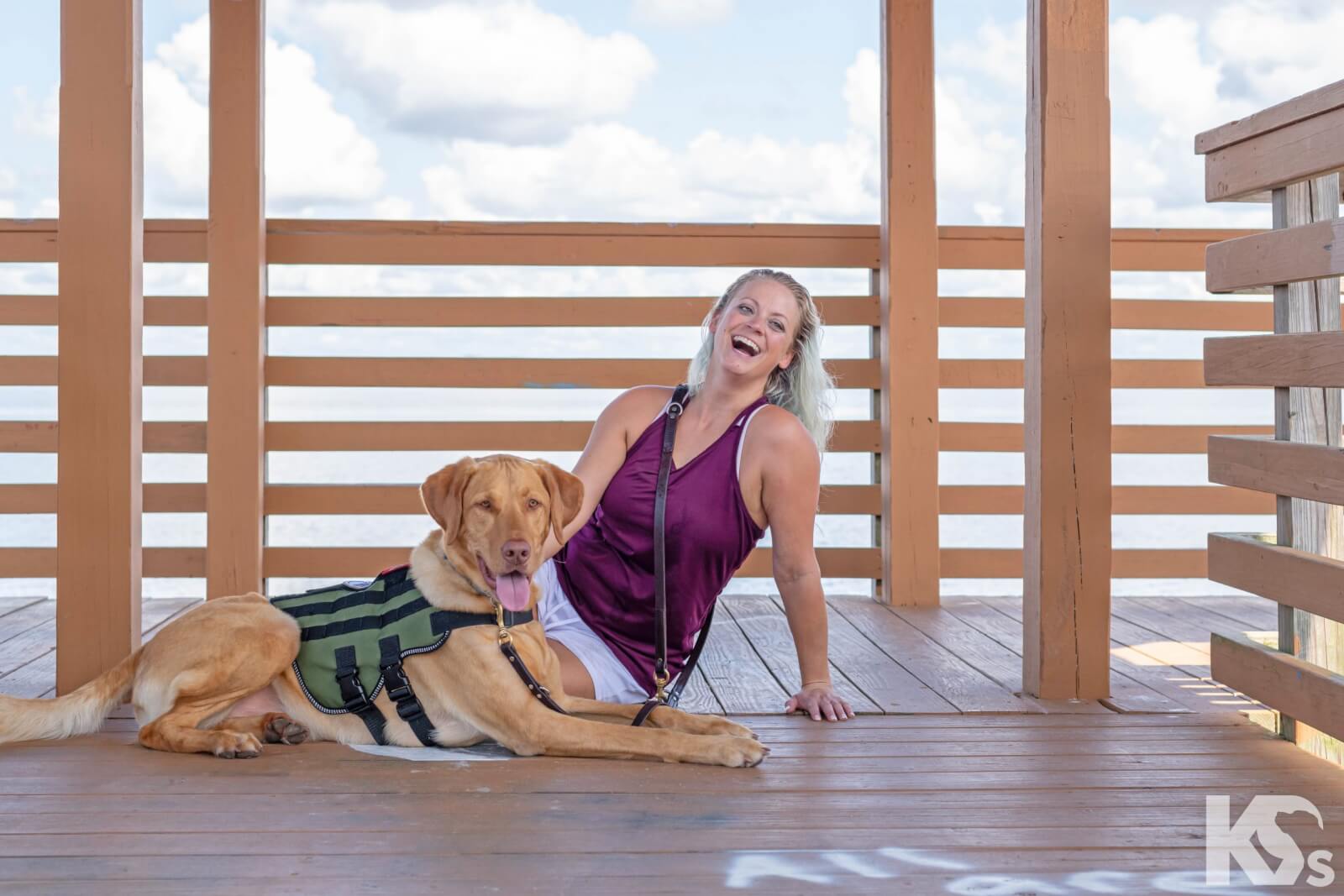
These days, K9s for Warriors is experiencing major expansion, and for a good reason — the demand for service dogs has increased dramatically over the last few years. “Word got out across the veteran community that this works. These men and women have been through so much,” says Carl. “Not to disparage the VA, but there are a lot of prescription pills prescribed and a little bit of talk therapy, but not enough for a lot of these veterans. They’re reaching out for help, and they’re just not quite getting it. The service dog has crept in as a beneficial tool to help these folks get back to a fuller life.”
The organization’s current waitlist — veterans who’ve applied to the program and have been approved — stretches to 2026. With that in mind, the organization opened up a facility in San Antonio last year, and they’ve just expanded into Phoenix.
“We have hundreds of veterans waiting for dogs,” Carl says, “and we just don’t have enough space to train the number of dogs needed to get that list down. That’s why we’ve expanded to San Antonio and Phoenix. Most importantly, Phase One of our mega kennel training facility has just been completed. It’s right down the road here in Jacksonville [Florida]. When it’s finished, it will have 150 additional kennels, which will allow us to meet these needs more quickly.”
Additionally, K9 for Warriors offers a volunteer program, and they’ve recently relaunched an apprenticeship program for those looking to learn the training methodology and join the organization. To learn more about this incredible program, volunteer, or apply, visit k9sforwarriors.org.
Thank you to Kenneth, Mindy, and all of the other veterans who’ve fought for — and continue to fight for — our freedoms. All images courtesy of K9s for Warriors.
**********
Subscribe to StyleBlueprint for a Life of Style + Substance.



















